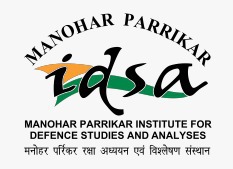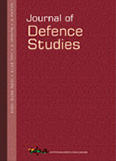Internal Security: A Psychological Approach by Major General Sanjay Bhide
In the larger national strategic discourse, identifying and prioritising the internal security issues and challenges is very crucial. India has been grappling with multiple ‘identity-centric’ and ‘grievance-driven’ challenges that have impacted its security and national fabric for more than seven decades now. While there is no gainsaying that the country has been largely successful in managing these conflicts well below the threshold levels, a durable peace—a prerequisite for national security and development—is as elusive as ever in most of these conflicts.
- Rajbala Rana |
- April-June 2021 |
- Journal of Defence Studies




